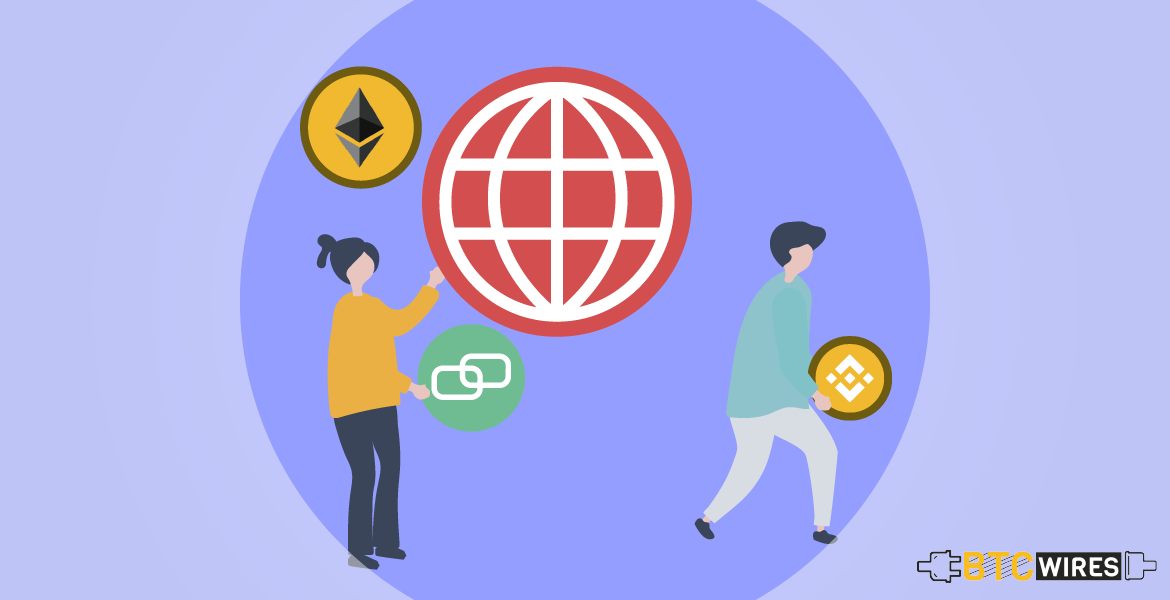Binance, one of the leading and most trusted cryptocurrency exchanges

Binance, one of the leading and most trusted cryptocurrency exchanges in the market, is finally launching its Mainnetin 2019.
Back on 4th December, we had reported that Binance Was Looking Forward To Launch Their Own Blockchain. We are gradually nearing the launch date of Binance’s Mainnet. The new network will be called the ‘Binance Chain’. The company has tweeted:
“Binance is pushing for blockchain adoption and doing many things to help advancement of the industry. E.g. we will have the Binance chain ready in the coming months, on which millions of projects can easily issue tokens.”
You May Also Like To Read: A Beginner’s Guide To Binance Coin
This effectively means that Binance will be pulling out of the Ethereum (ERC20) Network.
Why is Binance taking this bold step?
It looks like Binance wants to add more features to Binance.com and Binance (BNB) Chain testnet which is currently no acheivable on the Ethereum network.
You May Also Read: Cons and Pros of The Binance Coin
The exchange has ambitious plans such as “a native high-performance DEX and 1-second transaction confirmation time”, as outlined by the CEO Changpeng “CZ” Zhao.
He said,
“Binance has been building the Binance Chain, with a native on-chain DEX. A testnet version has been deployed and distributed to our partners, and we expect a public testnet to be available in January 2019, with the mainnet launching a couple months later.”
“The Binance Chain is unique in many ways. With 1-second block times and 1 confirmation finality, we hope it will serve a few niche functions other blockchains haven’t covered.”
Binance has big plans for the year 2019 and launching their own Blockchain network is just one of them. Additionally, Binance is looking to collaborate with industry leaders and giants to bring to fruition, the various plans that they have.
Right now, it makes sense for Binance to consider a separate blockchain for itself, especially since it is much more profitable for them to have control over their own blockchain network.

